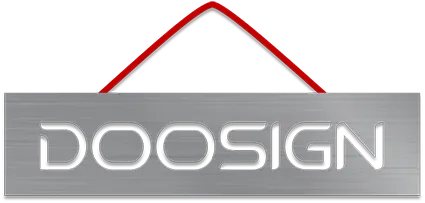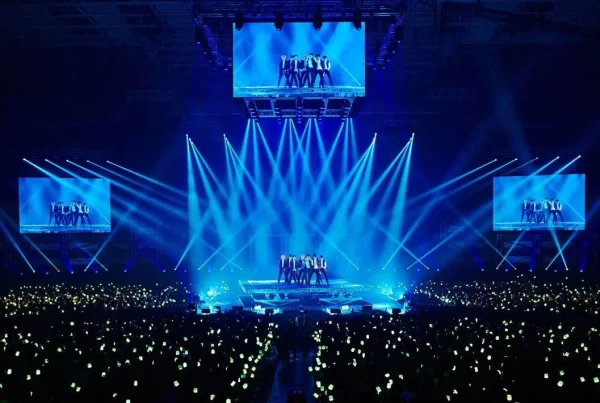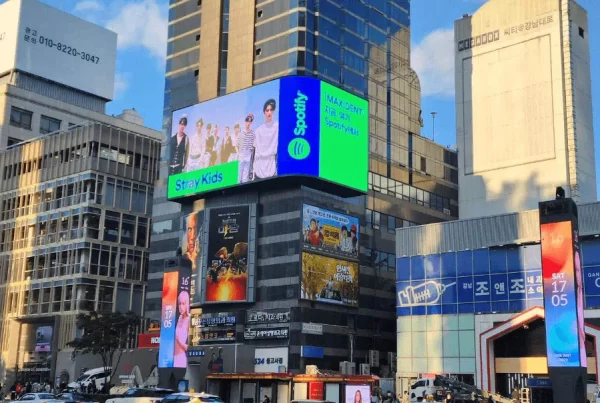Liquid crystal splicing screens, as a type of display monitor in industrial panels, can be used independently or spliced together to create large screens. In practical applications, the signals to be displayed and the functionalities to be implemented are determined by the front-end signal processing devices. Let’s take a look at some commonly used signal processing devices for liquid crystal splicing screens:
- HD Distributor: This device is typically used for single HD signal display. It can easily distribute the HD signal generated by one HD signal source to multiple displays or projectors that support HD signals. It can amplify HDMI signals, and the highest supported resolution is up to 3840×2160/30Hz.
- HD Matrix: This device is suitable for using multiple HD signals on the screen. It is a high-performance intelligent matrix switch designed for switching computer display signals and high-resolution HDMI image signals. It outputs any one channel from the output channels of various computer signal output channels. However, it can only splice the entire screen and does not have features like cross-screen roaming, windowing, etc.
- External Splicing Processor: This device integrates high-definition video signal acquisition, real-time high-resolution digital image processing, and advanced image processing technologies such as 3D high-order digital filtering. It has powerful signal processing capabilities, supports displaying four windows on a single screen, and allows for free roaming, overlay, and scaling of windows. It can also support up to four layers of picture overlay. If decoding functionality is needed, a decoding card can be added.
- Network Decoding Matrix: This device is designed for the deployment and management of large, medium, and small splicing video walls. It combines decoding and splicing on the wall, running on a stable and reliable Linux operating system. It supports decoding and output of high-definition 1080P/720P/D1 network video, multiple screen fusion functions, high-definition HDMI interface decoding output, ONVIF, various network transmission protocols, and multiple stream decoding methods. It provides robust support for decoding and switching services for large, medium, and small splicing video walls. If simultaneous access to HD signals is required, additional HD input ports can be added.
LED display screen wholesaler/manufacturer
Doosign is a LED display screen brand owned by Shenzhen Doosign Technology. We built our reputation based on our high-quality devices including LED Posters, LED digital signage, etc. Ultra lightweight, intelligent control!




